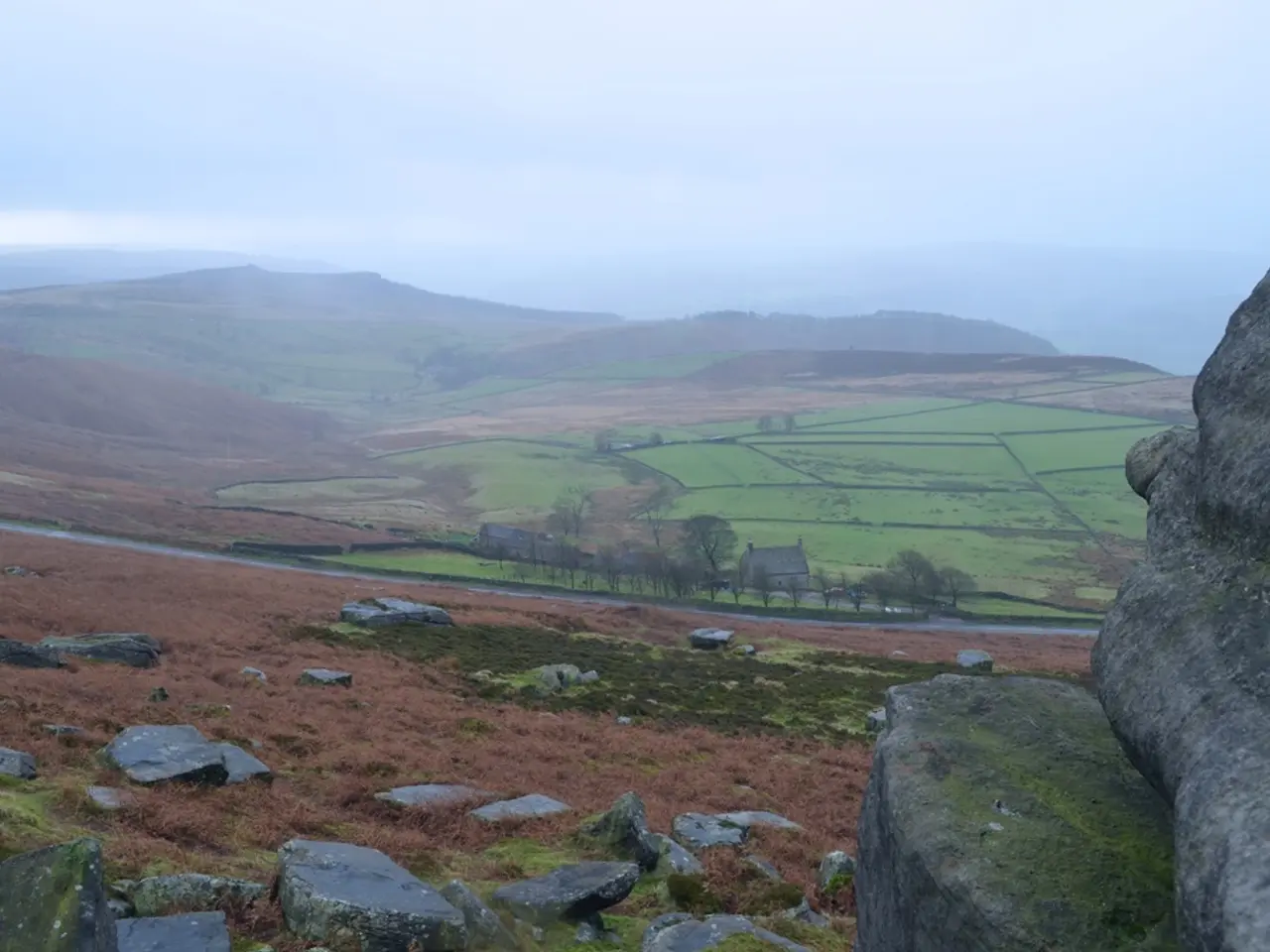South Greenland: Western Shores
In the heart of the Arctic, Greenland's stunning coastline offers a unique blend of breathtaking natural beauty and rich Inuit culture, attracting adventure travelers from around the world. However, the burgeoning tourism industry faces several challenges that require careful consideration.
Managing potential overcrowding and ensuring economic benefits are balanced with sustainability are key concerns. The picturesque town of Ilulissat, for example, grapples with the impacts of mass tourism. Climate change further complicates matters, threatening the Arctic environment and altering landscapes and ecosystems.
Greenland's 2035 tourism strategy aims to navigate these challenges by fostering sustainable growth. This strategy emphasises community involvement, digitalisation of tourism services, and regional tourism expansion. By doing so, it aims to ensure local populations benefit economically without sacrificing cultural and environmental integrity.
The mix of Indigenous culture and nature tourism offers a value-based tourism model that supports cultural preservation alongside visitor engagement. Greenlandic culture, often described as 'Modern Arctic', incorporates a mixture of Danish and Inuit traditions, providing a unique and authentic experience for visitors.
However, as tourism increases, adequate planning and management become crucial. The expense of traveling to Greenland currently keeps tourism numbers manageable, but this may change in the future. Trash and litter, introduced species, and grazing are growing concerns that need to be addressed to maintain the pristine environment and ecological integrity of the coastline.
One beacon of hope is the Sermersooq municipality, which is making impressive strides towards responsible tourism. Their efforts, coupled with the cleaner and better-managed tourism on this coastline compared to settlements in the Canadian Arctic, offer a promising future for sustainable tourism in Greenland.
In conclusion, sustainable tourism in Greenland is at a crossroads. Careful planning must address overcrowding and environmental risks while leveraging Greenland's unique natural beauty, cultural richness, and improved accessibility to create a resilient, inclusive tourism sector for the future. Local leadership, youth engagement, and community involvement are essential in achieving this balance.
- Global warming and climate change are altering the landscapes and ecosystems of Greenland's Arctic environment, posing significant challenges to the tourism industry.
- The influx of travelers seeking adventure and cultural experiences is adding to the concerns about overcrowding and sustainability in the picturesque town of Ilulissat.
- To navigate these challenges, Greenland has adopted a 2035 tourism strategy that focuses on community involvement, digitalisation of tourism services, and regional tourism expansion.
- This strategy aims to foster sustainable growth, ensuring both economic benefits for local populations and preservation of cultural and environmental integrity.
- As Greenland's unique blend of Indigenous culture and nature tourism gains popularity, adequate planning and management become essential to mitigate concerns such as trash, litter, introduced species, and grazing.
- The Sermersooq municipality is leading the way towards responsible tourism, offering a promising future for sustainable tourism in Greenland, with cleaner and better-managed practices compared to surrounding areas.




